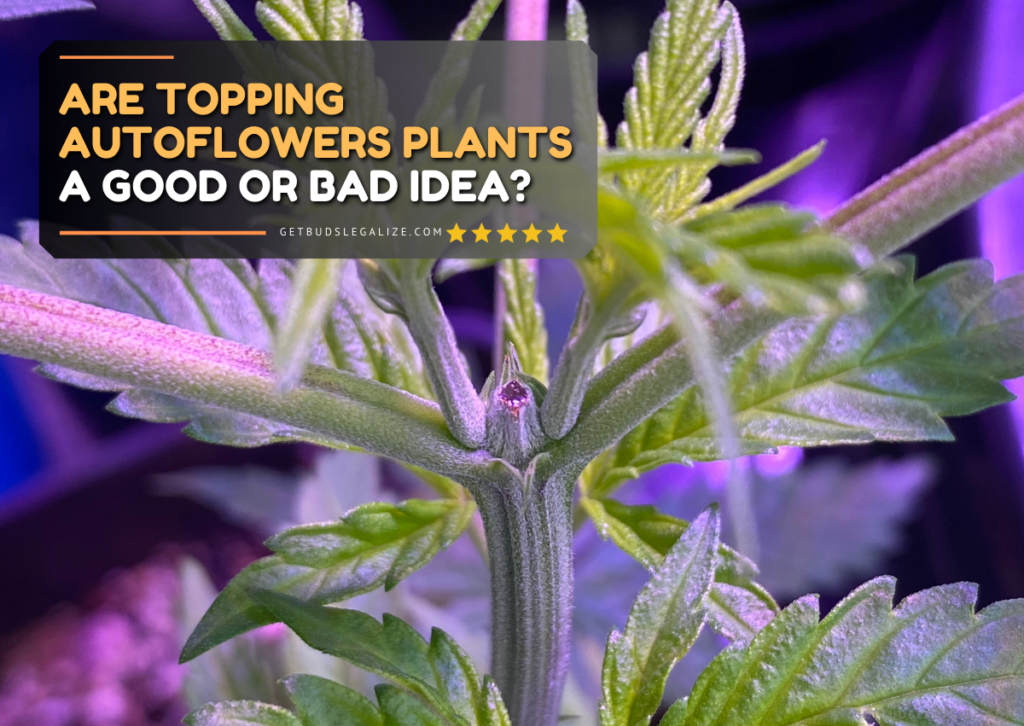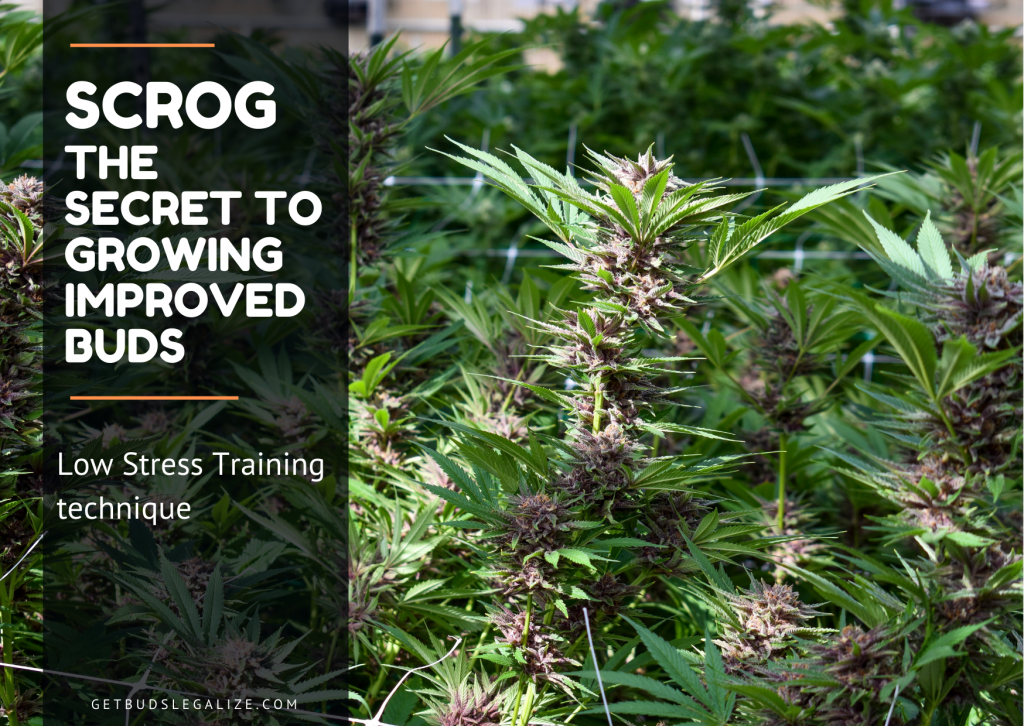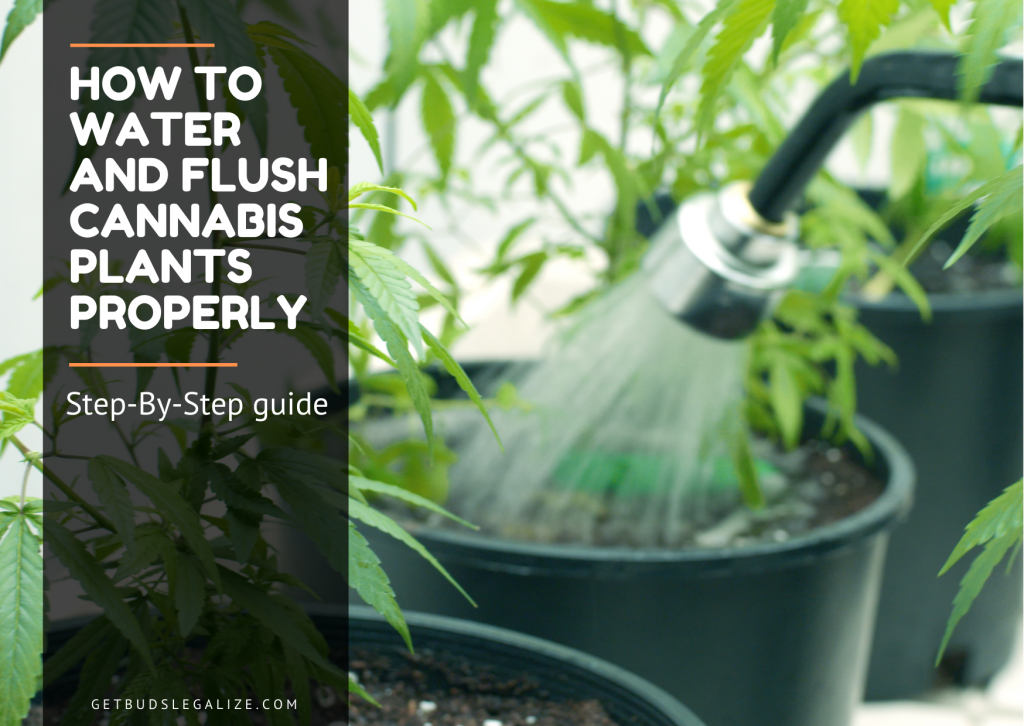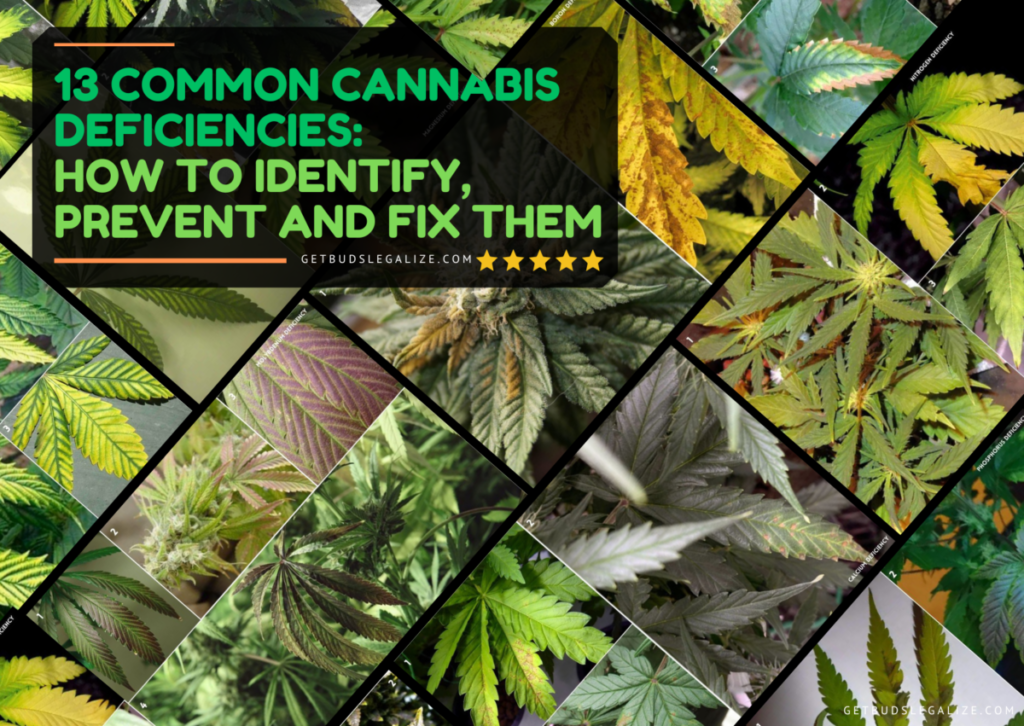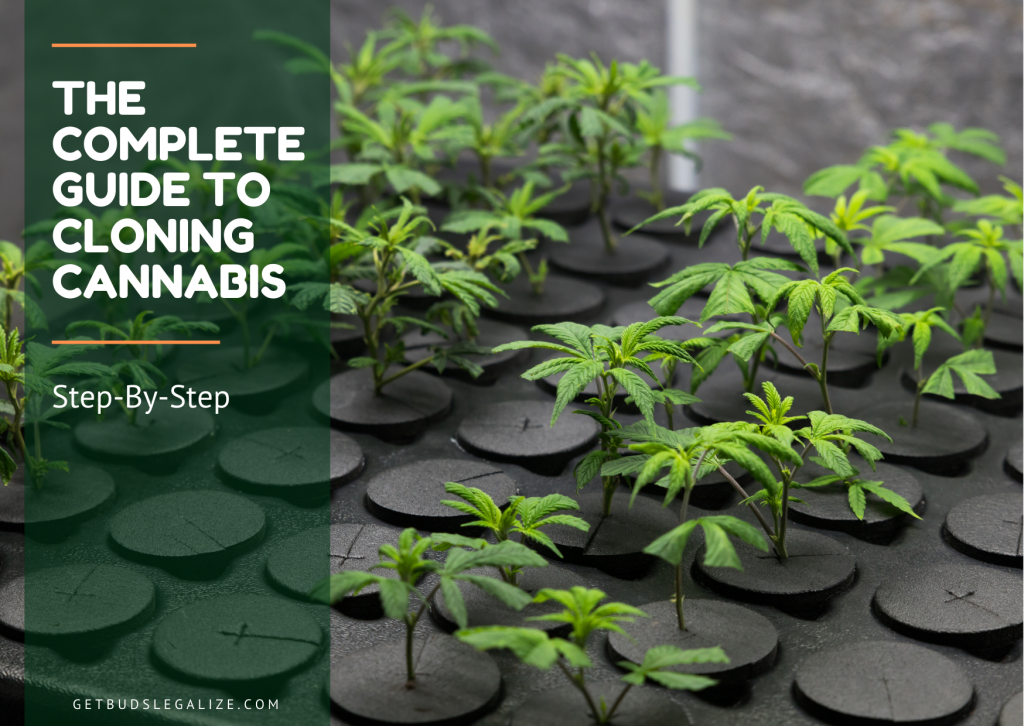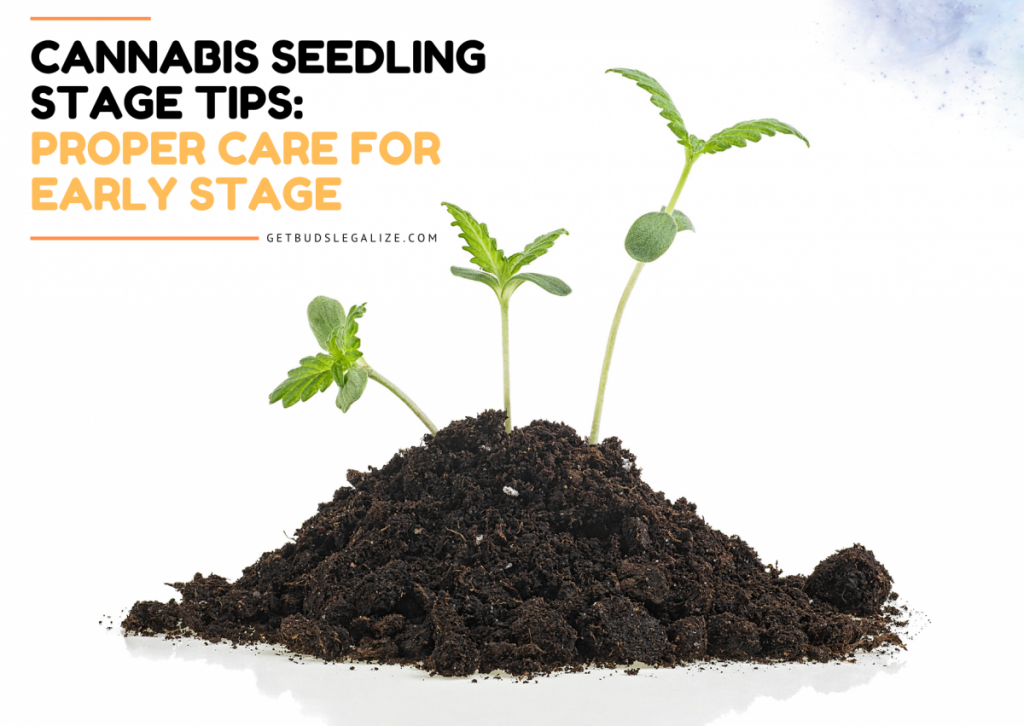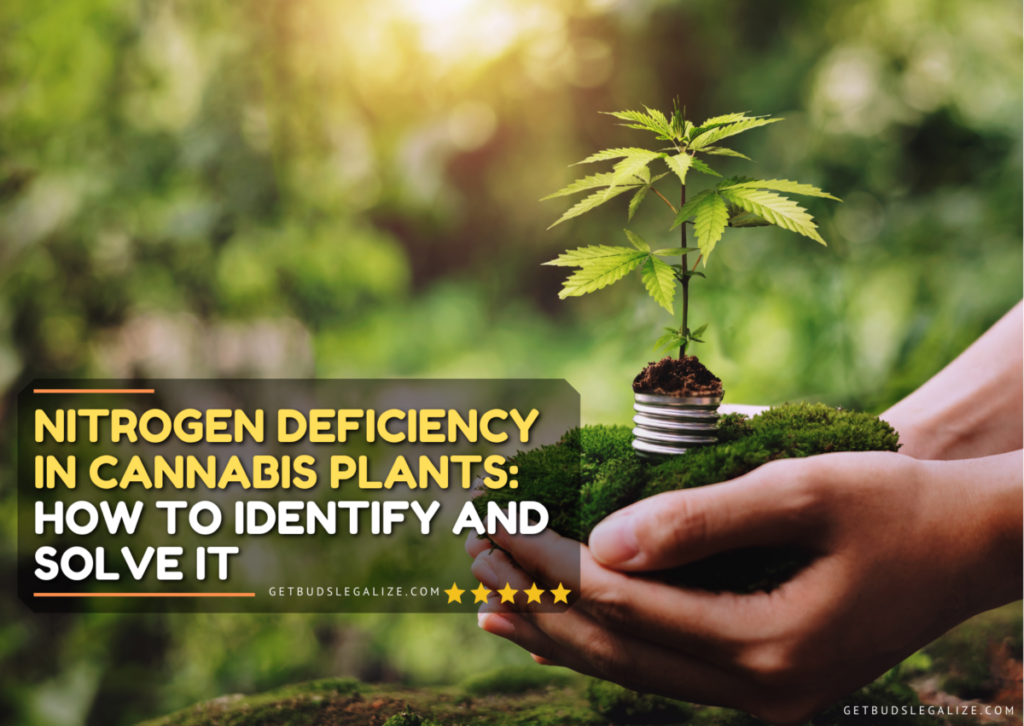Are Topping Autoflowers Plants A Good Or Bad Idea? A Comprehensive Guide
If you are looking for ways to increase the yield of your autoflowering cannabis plants, you might have heard of topping as a technique to achieve this goal. Topping is a technique that involves cutting off the main stem of the plant, usually just above the third or fourth node. This causes the plant to stop growing vertically and instead focus on developing two or more main colas, as well as more side branches. The result is a bushier and more compact plant that can produce more buds in the same space.
But how does topping affect autoflowering cannabis? Is it worth the risk of stressing your plants and potentially reducing their quality or potency? When is the best time to do it, and how can you maximize their yield after topping? In this blog post, we will answer these questions and provide you with a comprehensive guide on how to top autoflower for yield.
How Does Topping Affect Autoflowering Cannabis Plants?
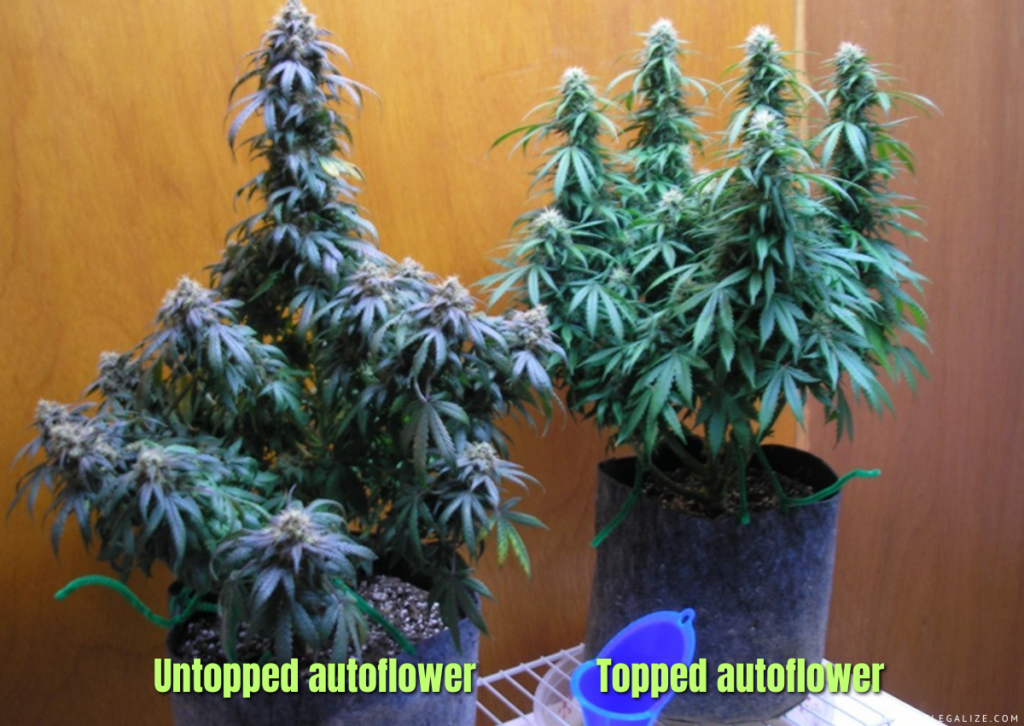
Autoflowering strains are different from photoperiod strains in that they have a predetermined life span and start flowering automatically after a few weeks of vegetative growth, regardless of the light schedule. This means that they have less time to recover from stress and damage and that any intervention can have a significant impact on their final outcome.
Topping cannabis is one of the most stressful forms of training for plants, as it involves cutting off their main source of growth hormone, auxin, which is produced in the apical meristem (the tip of the main stem). This triggers a hormonal response in the plant, which redirects its energy and resources to the lower branches, which then become new main colas. The plant also produces more lateral branches, which can fill in the gaps and create a more even canopy.
The benefits of topping autoflower are:
- It can Increase the yield of your cannabis plants by creating more bud sites and a more efficient use of light.
- It can improve the quality and potency of your buds by exposing them to more light and airflow and reducing the risk of mold and pests.
- It can reduce the height of your plants, which can be useful if you have limited space or need to be discreet.
The drawbacks of topping autos are:
- It can stunt the growth of your plants and delay their flowering, as they need time to heal and adapt to the stress.
- It can reduce the quality and potency of your buds if done too late or too often, as it can divert energy from bud production to branch development.
- It can increase the risk of infection and disease, as it creates an open wound that can attract pathogens and pests.
What Are the Best Autoflowering Strains for Topping?
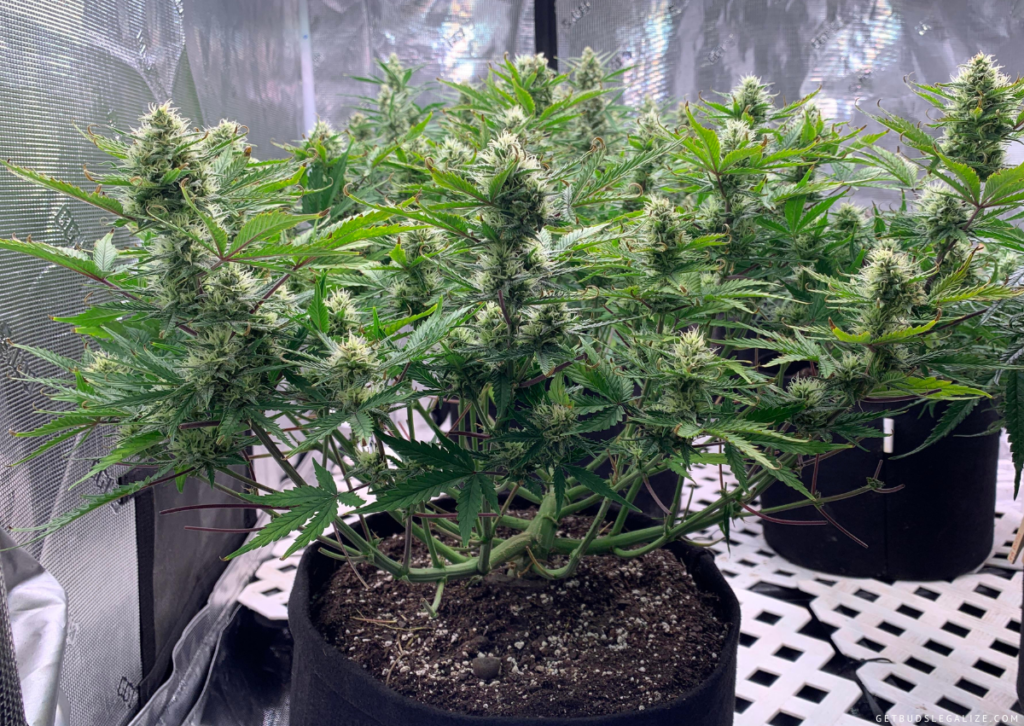
Not all cannabis strains are suitable for topping. Some are too fast or too sensitive to handle the stress and damage, while others are naturally bushy or productive enough without the need for topping. Therefore, it is important to choose the right strain, based on its characteristics and traits.
Some of the best auto strains for topping are those that have:
- A long life cycle: The longer the life cycle of an autoflower, the more time it has to recover from topping and develop multiple colas. Ideally, you want an autoflower that takes at least 10 weeks from seed to harvest, or even longer if possible.
- A strong and vigorous growth: The stronger and more vigorous the growth of an autoflower, the better it can cope with topping and produce more branches and buds. Ideally, you want an autoflower that grows fast and tall in veg and stretches well in bloom.
- A high yield potential: The higher the yield potential of an autoflower, the more it can benefit from topping and produce more buds per plant. Ideally, you want an autoflower that can yield at least 100 grams per plant, or even more if possible.
- High quality and potency: The higher the quality and potency of an autoflower, the more it can improve from topping and produce better buds per plant. Ideally, you want an autoflower that has a high THC level, a rich terpene profile, and a desirable effect.
Some examples of auto strains that meet these criteria are:
- Auto Ultimate by Dutch Passion: This is one of the most productive cannabis plants on the market, capable of yielding up to 200 grams per plant in optimal conditions. It has a long life cycle of 10 to 12 weeks, vigorous growth of up to 150 cm in height, and a high quality and potency of 20% THC and a fruity flavor.
- Auto Gorilla Glue by FastBuds: This is one of the most potent autoflowers on the market, boasting a whopping 24% THC and a resinous appearance. It has a long life cycle of 10 to 11 weeks, a strong growth of up to 120 cm in height, and a high yield potential of up to 150 grams per plant.
- Auto Amnesia Haze by ILGM: This is one of the most popular sativa-dominant autoflowers on the market, known for its uplifting and cerebral effect. It has a long life cycle of 10 to 12 weeks, a vigorous growth of up to 150 cm in height, and a high yield potential of up to 180 grams per plant.
Of course, these are not the only autoflower strains that are suitable for topping. There are many other options available from different breeders and seed banks. The key is to do your research and find out the characteristics and traits of each strain before deciding whether to top it or not.
When Is the Best Time to Topping?
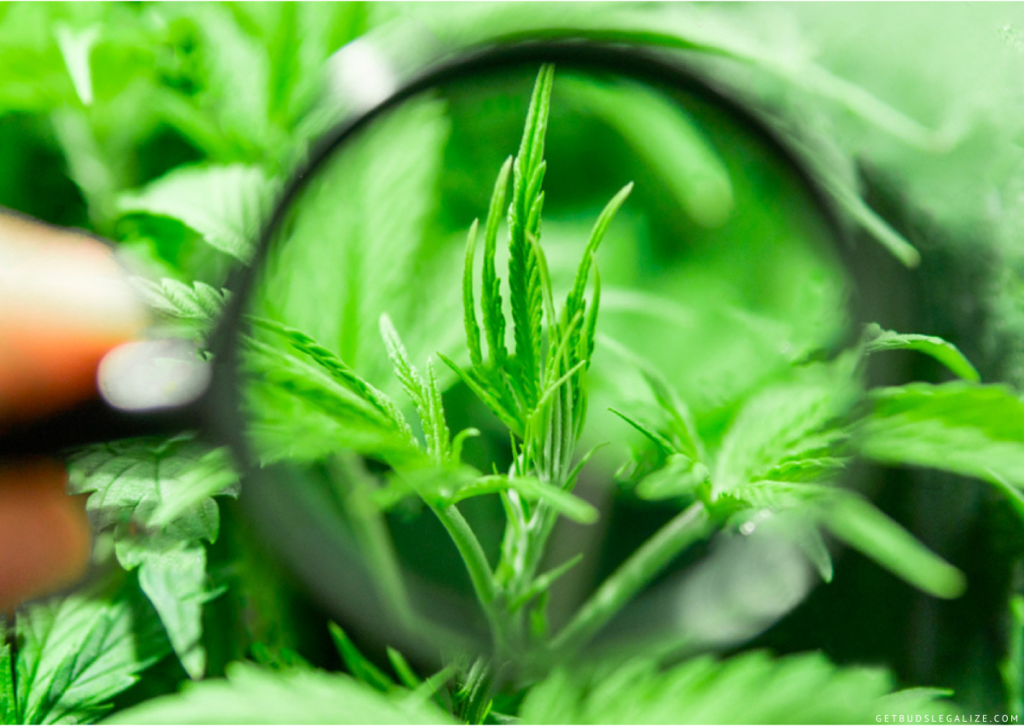
Choosing the right time for topping autoflowers is crucial, as it can make or break your harvest. If you top too early or too late, you could end up with stunted plants or low yields. Therefore, you need to find the right path between giving plants enough time to recover from topping and not interfering with their flowering cycle.
The best time to top an autoflower is usually around week 3 or 4 from seed, or when the plant has developed at least 4 or 5 nodes (sets of leaves). This is when the plant is mature enough to handle the stress and damage of topping, but still in its vegetative stage before switching to flowering.
However, this is not a fixed rule, as different strains may have different optimal times for topping. Some may be ready earlier or later than others, depending on their speed and sensitivity. Therefore, you need to observe your plants closely and look for signs that they are ready for topping.
Some signs that indicate that your plants are ready for topping are:
- They have healthy roots and stems that can support multiple colas.
- They have enough foliage and branches that can fill out the canopy after topping.
- They have not shown any signs of pre-flowering or pistils (white hairs) yet.
If you see these signs in your plants around week 3 or 4 from seed, then you can proceed with topping them. If not, you may need to avoid topping and wait a bit longer, or skip topping altogether.
How Many Times Can You Top an Autoflowers?
The number of times you can top an autoflower depends on the strain’s flowering time, growth rate, and resilience. Generally speaking, you should not top your autoflowers more than once or twice, as this can stress them too much and affect their performance.
Some strains can handle multiple toppings better than others, but you should always be cautious and monitor your plants’ reactions. You should also space out your toppings by at least a week or two, to give your plants enough time to heal and grow.
The more times you top your autoflower, the more colas you will get, but also the more risk you will take.
Topping your autoflower too many times can result in:
- Stunted growth
- Reduced yield
- Lower quality
- Hermaphroditism
How to Topping Autoflowers Successfully and Safely?

Topping autoflower isn’t very difficult, but it does require some attention and precision. You don’t want to damage your plants more than necessary or cause infection or disease. Therefore, you need to follow a few steps and tips on how to top autoflowers successfully and safely. Here are some steps and tips:
1. First, you need to choose the right time to top your autoflower plants
The best time is when they have at least four nodes (sets of leaves) and are about to enter the pre-flowering stage. This is usually around the third or fourth week of their life cycle.
If you top them too early, you may stunt their growth and reduce their yield; If you top them too late, you may stress them out and trigger early flowering.
2. Second, you need to sterilize your scissors or blade before cutting the main stem of your autoflowers
You can use rubbing alcohol, hydrogen peroxide, or bleach to disinfect your tools. This will prevent any bacteria or fungi from infecting your plants and causing rot or mold.
3. Third, you need to cut the main stem of your autoflowers just above the third or fourth node
You should make a clean and precise cut at a 45-degree angle. This will allow the plant to heal faster and produce two new main colas instead of one. You should also remove any lower branches or leaves that are not getting enough light or are blocking the airflow. This will improve the overall health and structure of your plants.
4. Fourth, you need to monitor your autoflowers after topping them and provide them with optimal conditions for recovery and growth
You should water them well, but not overwater them, give them enough nutrients, but not too much, and adjust the light cycle to 18/6 or 20/4 to encourage vegetative growth and prevent early flowering.
You should also check for any signs of stress, such as wilting, yellowing, curling, or drooping leaves. If you notice any of these symptoms, you should lower the intensity or distance of your lights, reduce the amount of nutrients, or increase the humidity or temperature.
How to Maximise Autoflower Yield After Topping

Topping can increase their yield potential, but it is not enough by itself. You also need to provide them with optimal conditions and care to ensure that they thrive and produce abundant and potent buds. Here are some tips on how to maximize autoflower yield after topping:
1. Lighting Improvements
Light is one of the most important factors for cannabis growth and development, especially for autoflowers, which depend on it for their flowering cycle. You should provide your cannabis plants with at least 18 hours of light per day throughout their life cycle, using high-quality LED or HID lights that deliver enough intensity and spectrum.
Also, adjust the height and angle of your lights regularly to ensure that all your plants receive even coverage and avoid light stress.
2. Cannabis Roots
The roots are the foundation of your plants, as they absorb water and nutrients from the soil or medium. You should ensure that your plants have enough space and oxygen for their roots to grow and breathe, by choosing the right pot size and type and using a well-drained and aerated soil or medium.
Water your plants properly, avoiding overwatering or underwatering, and using pH-balanced and nutrient-rich water. You should also avoid transplanting your plants, as this can damage their roots and cause shock.
3. Grow Room Environment
The environment of your grow room or tent can affect the health and performance of your plants, as they need optimal temperature, humidity, airflow, and CO2 levels to thrive. You should monitor and control these factors using thermometers, hygrometers, fans, filters, vents, and CO2 generators.
Aim for a temperature of 20-26°C (68-79°F) and a humidity of 50-70% during the vegetative stage, and a temperature of 18-24°C (64-75°F) and a humidity of 40-50% during the flowering stage. You should also provide your plants with fresh and clean air, avoiding stale or contaminated air that can cause mold or pests.
4. Organic Growing
Organic growing is a method of cultivation that uses natural and organic materials and methods to grow cannabis, without the use of synthetic chemicals or pesticides.
Organic can improve the quality and potency of your buds, as well as the health and sustainability of your plants and environment. You can use organic soil or medium, organic nutrients and fertilizers, organic pest control and prevention, and organic harvesting and curing techniques.
5. Training Techniques
Scrog (screen of green) and LST technique are two forms of low-stress training (LST) that involve bending and tying down the branches of your plants to create a flat and even canopy. This can increase the yield and quality of your buds by exposing them to more light and airflow, as well as reducing the height of your plants.
Scrog involves using a net or screen to support and guide the branches, while LST involves using wires or strings to manipulate them. You can combine these techniques with topping to create multiple main colas per plant.
Autoflower Cannabis Seeds: It’s Also About Quality As Well As Quantity
Topping autoflowering is a technique that can help you increase the quantity and quality of your harvests. However, it is not a magic bullet for growing cannabis; it requires careful timing, optimal conditions, and proper care to ensure success.
By following this comprehensive guide, you can enjoy the benefits of this technique without risking the drawbacks. Happy Growing!
ILGM Fertilizer

- From seedling to harvest, give your plants everything they need.
- Enough for feeding at least 5 plants.
- Discounted Package Deal
- Works well in soil, hydroponics, and other growing mediums.
- The best way to treat your plants
ILGM Plant Protector

- Protect your cannabis from diseases and harmful pests.
- Contains three 20 ml bottles.
- Enough supplies to protect 20 plants.
- It can be used in soil, hydroponic, and all other growing mediums.

